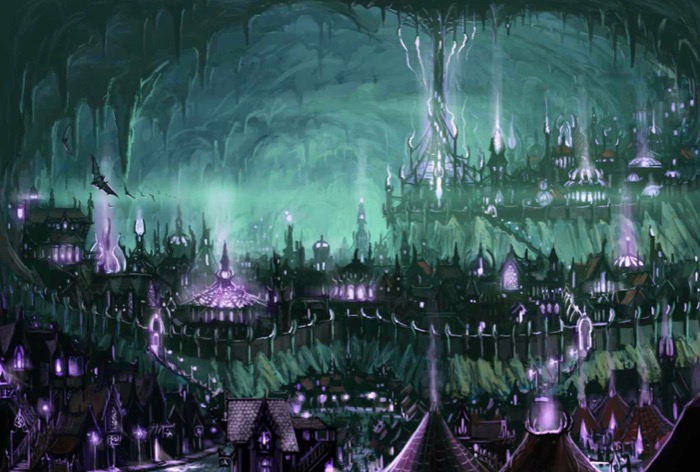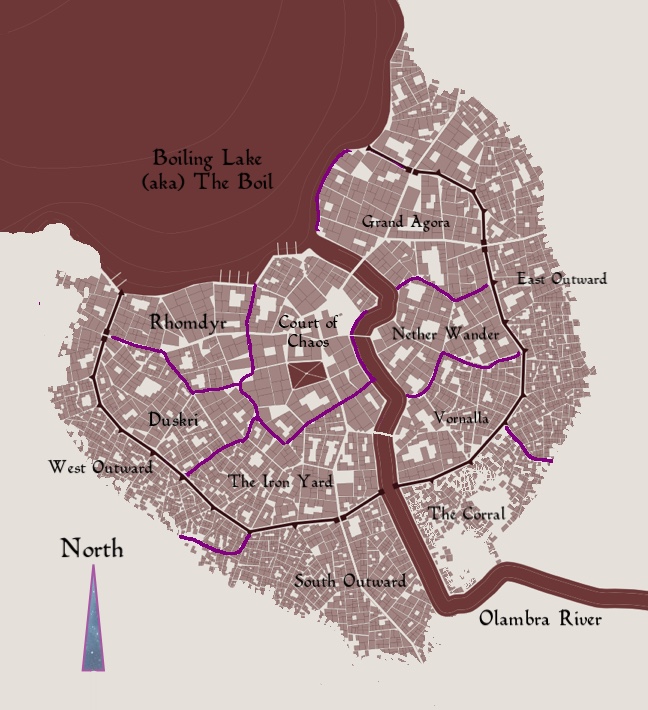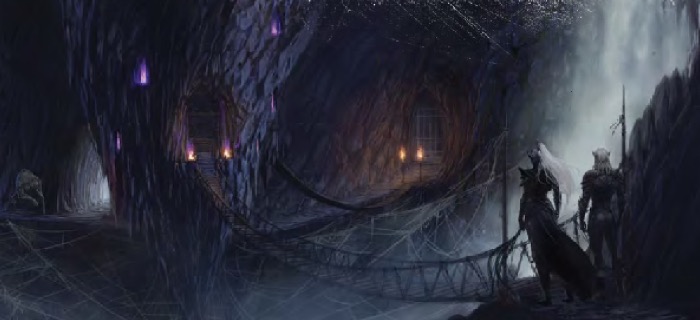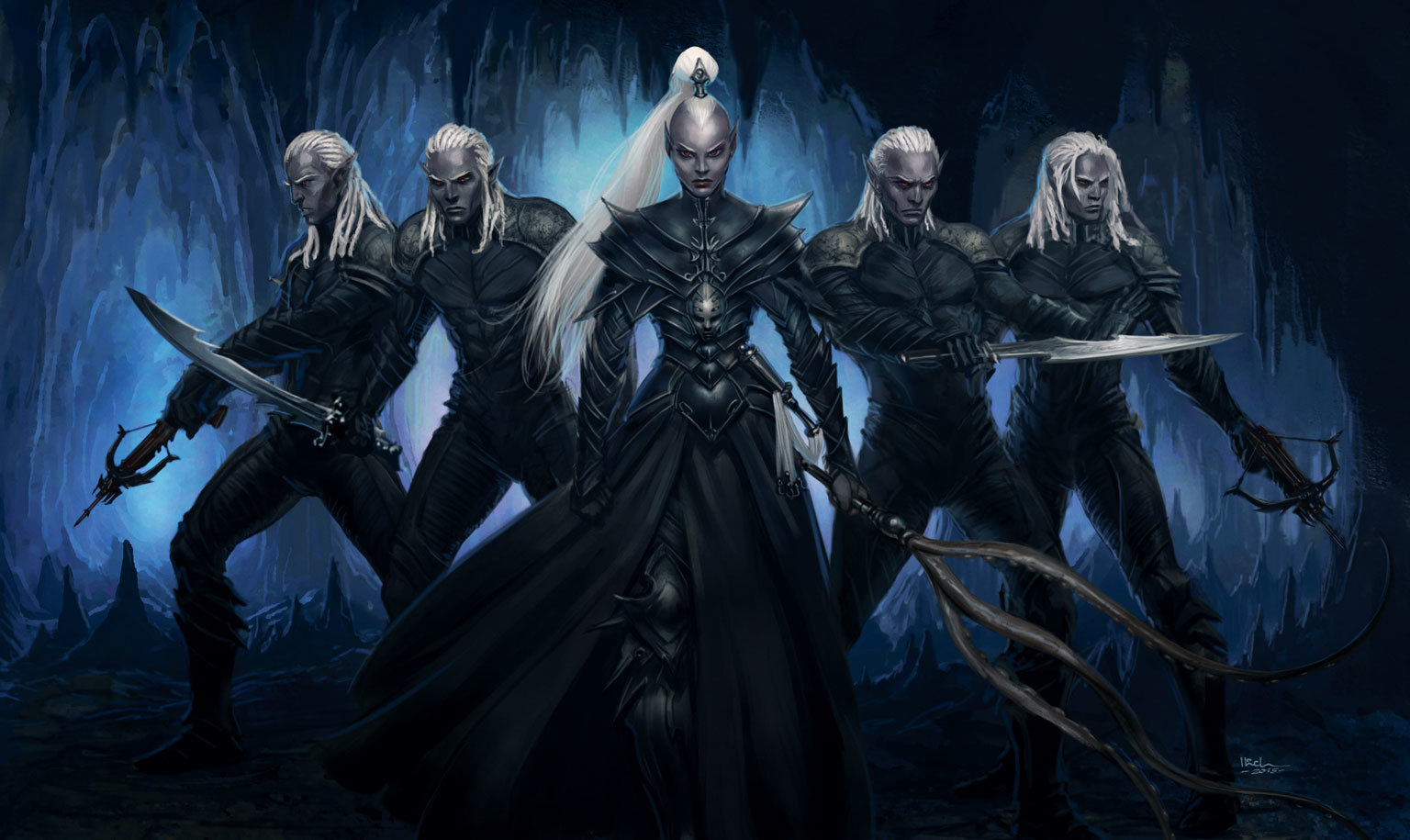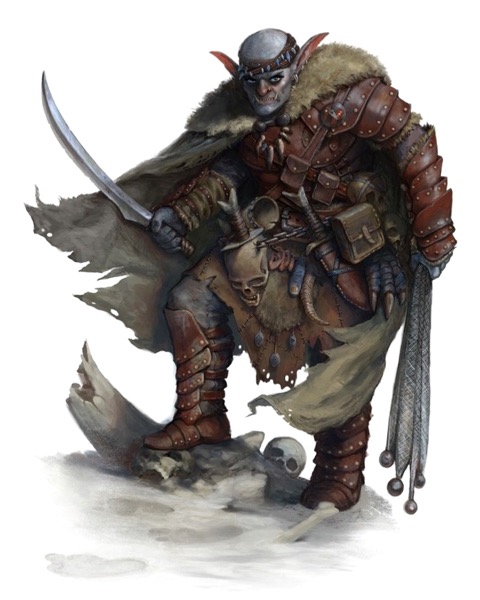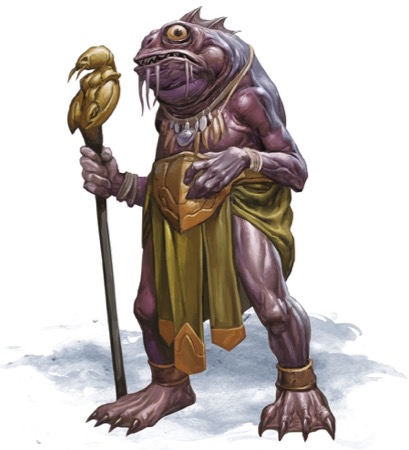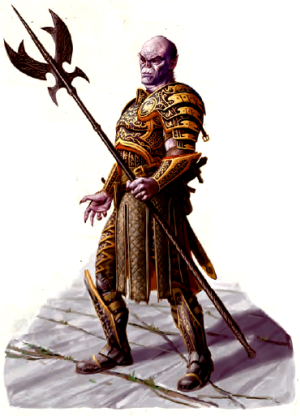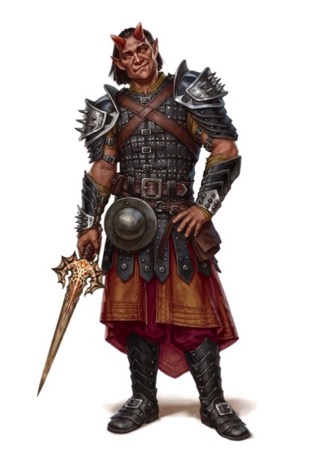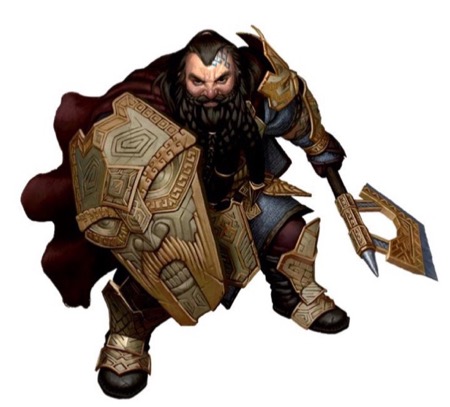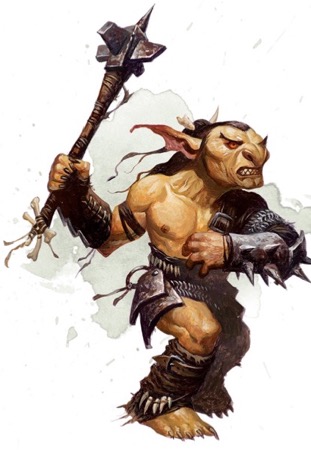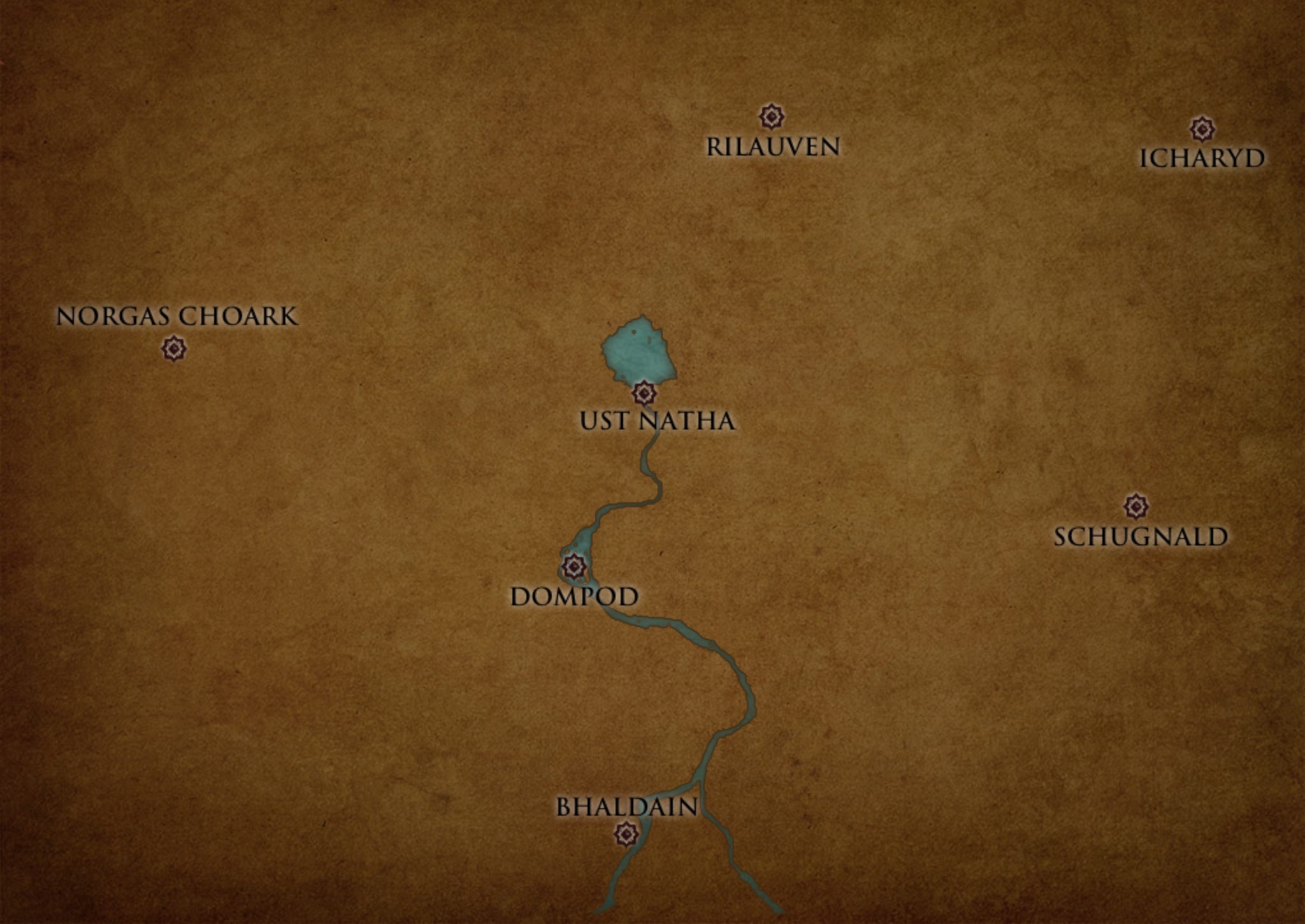Bone2pick
Minority of One
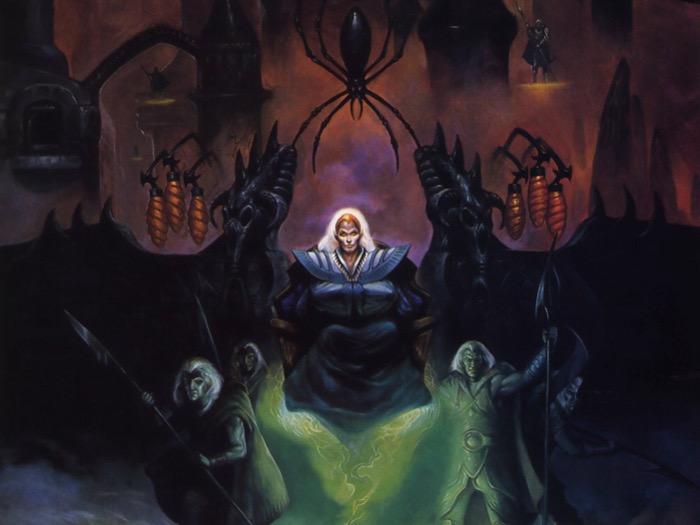
"Proud, graceful evil. Cruelty personified; talent wasted, beauty lost in darkness."
~ The elven sage Erlathan Greycloak, on the subject of drow.
~ The elven sage Erlathan Greycloak, on the subject of drow.
Bards sing of bold heroes who brave the depths of the earth, who plunder the vaults of ancient peoples, exploring and mapping the endless passages and corridors that honeycomb the Underdark. Although much of this lightless world is empty and devoid of life, it contains terrifying monsters, sprawling alien civilizations, swathes of molds, oozes, slimes, and countless other hazards. But no threat the Underdark conjures compares to the drow.
Their name is a curse, their presence a cancer. They are the despised, the exiled, the shunned—and yet they are powerful, and conquer nearly all who come before them. They are the dark elves, cursed by Corellon Larethian, condemned to spend their days languishing in their own corruption.
Society & Culture
It is one of the aforementioned paradoxes of the drow that their culture, while encouraging selfish ambition and advancement through deception and murder, is still one that focuses— almost in spite of itself—on the good of the community over the good of the individual. Drow society, as a whole, lacks any concept of personal worth. An individual’s abilities or accomplishments are not, in and of themselves, of any importance whatsoever. The culture does not reward skill for skill’s sake, or celebrate individual success or ability. It’s not that the drow choose to downplay these factors; rather, they literally have no notion that they should matter. It is as foreign an idea to them as judging a person’s worth based on shoe size would be to most surface-dwelling races.
The only true measure of importance in drow society is how thoroughly and effectively an individual can direct, shape, and change that society—in other words, by how much authority an individual has over other drow and the community’s needed resources. Although personal ability and accomplishment, or birth into a powerful bloodline, often leads to such control, it is the influence itself that determines a drow’s station and
status.
Like many other sentient beings, the drow think in terms of dichotomies: If
something is not good, it must be bad; if it is not strong, it must be weak. Thus, if a drow with authority over others is worthwhile, a drow with little or no authority is worthless. When nothing but status and influence determine individual value, and life itself is of no intrinsic worth, a weak drow is nothing but a commodity to be traded, abused, and eventually exhausted by those more powerful.
Enslavement, torture, and even murder are not crimes, when the perpetrator is a drow of high stature and the victim is not. Drow do avoid randomly slaughtering others who offend them, but this is due to a concern that they might accidentally slay the relative, servant, or slave of someone more powerful, not out of any sense of the value of life. This core belief in power has developed the drow culture as it exists today: a society in which every interaction is determined by a dominant/submissive hierarchy.
A drow divides everyone—drow or otherwise—into only three categories: someone with more power, who must be appeased and placated (at least until she can be replaced); someone who is a useful tool to one’s own advancement, who must be exploited in all possible ways; and the weak, who are worthless except as labor or disposable troops.
Religion
If drow life and culture are driven by a single force, it must be their faith. The drow are pantheistic in only the loosest sense of the word. Humans worship a variety of deities equally. Elves revere Corellon Larethian above all others, but their religion is replete with other deities that are nearly as important. But for the drow, there is only Lolth.
Religious practice is not a voluntary activity among the drow. Because the priestesses rule drow society (to the extent that any one institution can be said to do so), they ruthlessly enforce the worship of Lolth, demanding participation in her rites and often punishing failure to take part by making the transgressor their next sacrifice. The priestesses rarely find themselves forced to take such steps, however. Worship of Lolth is so heavily ingrained in the culture that most drow participate willingly, out of a mixture of reverence and terror for their goddess.
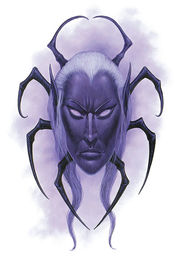
Lolth
The Spider Queen, Queen of the Demonweb Pits, Flesh-Carver, Weaver of Webs
Symbol: The head of a female drow with spider’s legs
Home Plane: The Demonweb Pits, 66th layer of the Abyss
Alignment: Chaotic evil
Domains: Chaos, Destruction, Evil, Trickery, Drow,
Spider
Favored Weapon: Whip
Lolth is the single true deity of the drow; she is their guide and ruling power. The elves and other surface races believe that she was Corellon Larethian’s original consort, cast out of the pantheon when she turned to evil. The drow, and Lolth herself, teach a much different version. In either case, it was Lolth who first spread evil among the elves, and who led the drow away from the rest of the elves thousands of years ago. Now she focuses on breeding and conflict among the drow to make the race ever more powerful, and on using them to conquer the vast cavern-realms beneath the surface of the earth. Lolth relishes the chance to test her followers by pitting them against each other, culling the weak from the strong.
Lolth appears as either a tall, beautiful female drow, or a massive black spider with a female drow’s head.
Houses of the Drow
The Church of Lolth might be the primary driving force in drow culture, but it is certainly not the only one. Standing beside the priesthood as equals on the political and soci- etal playing fields are the great houses. These monolithic institutions are the closest things the drow have to a formal government. In some respects, it could even be said that the houses, and not the actual physical communities, are the true form and representation of the drow nation.
Other races studying drow culture are often taken in by the outward appearance of the houses. Unlike the priesthood of Lolth, which bears little resemblance to what surface-dwellers normally consider a church, the houses appear synonymous with the various dynasties and noble bloodlines of human, elf, and dwarf culture.
This assessment is accurate only to a point. The houses are indeed extended families, but that extension goes far beyond anything even the most intricate of human genealogies would recognize, and the “familial bonds” are often purely symbolic.
To fully understand the drow houses, one must first understand how they are structured. With very few exceptions, each house is ruled by a single powerful drow. Always a female, she is normally referred to as the Matron Mother—or simply the matron—of the house. A great many matrons are also priestesses of Lolth, leading to a blurring of the distinctions between church power and house power.
Not all clerics of Lolth are officially members of her priesthood. This fact becomes important when studying the nature of the drow houses. Although only a fraction of matrons are priestesses of Lolth, nearly all of them are clerics of Lolth. (Those few who are not are invariably other divine casters or warlocks with strong connections to the Spider Queen.) These matrons—along with their close female relatives, who are also often clerics of Lolth—lead the members of their house in religious observance, just as the priestesses do for the community as a whole.
At the center of a house is a single-family unit, made up of blood relations to the matron. It is from this family that the house’s authority figures—priestesses, spellcasters, teachers, military leaders, merchants, and the like—descend. It is quite probable, in fact, that in the early days of drow history, these powerful families made up the entirety of the houses.
This is no longer the case. Assuming they have not been exiled, or have not chosen to secede, everyone with the slightest of blood ties to a house’s central family is now considered a part of the house proper. Anyone who marries into the house is considered part of the house. Most confusing for others studying the drow, an individual—or even an entire family—can also be “annexed” as part of the house, if the matron agrees to this. No tie of blood, or even of marriage, is necessary, though those relationships certainly make such connections stronger. If a house sees political advantage in claiming someone as one of its own, and if that individual wishes to join the house, then she is part of the house, pure and simple. These “adoptions” involve rituals and ceremony of some sort, to show the community that the house has accepted a new member, but even these displays are not essential.
Disclaimer: the above text was taken from the Dungeon and Dragons sourcebook, Drow of the Underdark.
Last edited:


